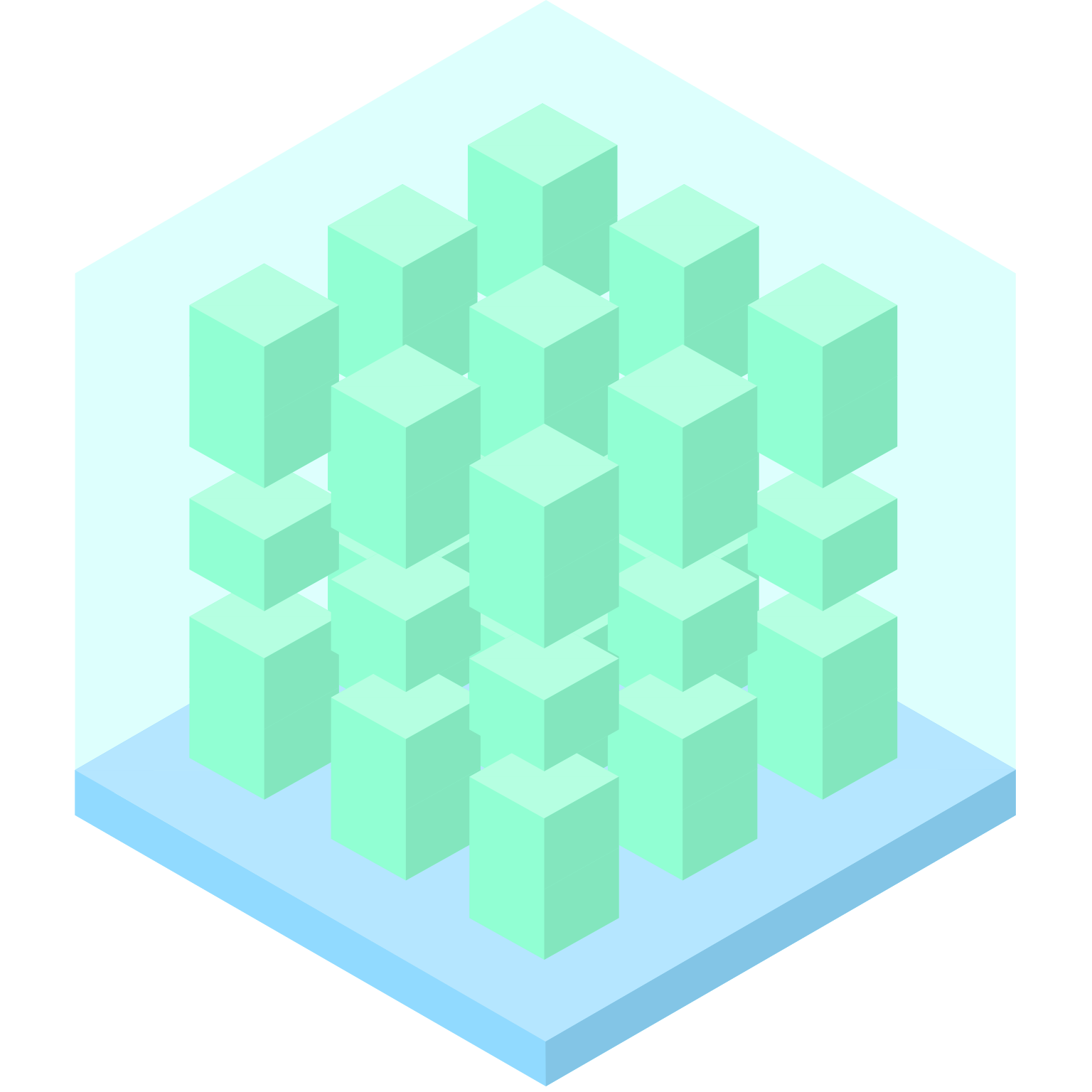https://github.com/sethvincent/virtual-app
Provides redux-like, unidirectional state management paired with virtual-dom.
https://github.com/sethvincent/virtual-app
Last synced: 4 months ago
JSON representation
Provides redux-like, unidirectional state management paired with virtual-dom.
- Host: GitHub
- URL: https://github.com/sethvincent/virtual-app
- Owner: sethvincent
- License: mit
- Created: 2015-12-11T03:03:37.000Z (almost 10 years ago)
- Default Branch: master
- Last Pushed: 2016-02-10T17:53:44.000Z (almost 10 years ago)
- Last Synced: 2025-06-24T05:04:29.434Z (5 months ago)
- Language: JavaScript
- Homepage:
- Size: 23.4 KB
- Stars: 75
- Watchers: 4
- Forks: 5
- Open Issues: 6
-
Metadata Files:
- Readme: README.md
- License: LICENSE.md
Awesome Lists containing this project
- awesome-virtual-dom - virtual-app
README
# virtual-app

A wrapper around [virtual-dom](https://npmjs.com/virtual-dom), [virtual-raf](https://npmjs.com/virtual-raf), & [store-emitter](https://npmjs.com/store-emitter) that provides redux-like, unidirectional state management paired with virtual-dom.
## What is this
I keep writing essentially this module with each new project I build that uses virtual-dom.
You could definitely use virtual-dom, virtual-raf, and store-emitter separately (and switch them out for other modules) if this doesn't fit your needs exactly.
## Breaking Changes
- 3.0.0 : virtual-app no longer appends your app to the dom for you, it returns a dom tree that you can append or turn into an html string
## Install
npm install --save virtual-app
## Example
```js
var extend = require('xtend')
var vdom = require('virtual-dom')
var createApp = require('virtual-app')
var h = vdom.h
/*
* create the app passing in virtual-dom
*/
var app = createApp(vdom)
/*
* The only way to modify state is to trigger an action
* the modifer function is where you change state based on the type of an action
*/
function modifier (action, state) {
if (action.type === 'example') {
return extend(state, { example: true })
} else if (action.type === 'title') {
return extend(state, { title: action.title })
}
}
/*
* Start the application with the modifier function and the initial state as args
* `app.start()` returns the `render()` function that's used to render your virtual tree
*/
var render = app.start(modifier, {
example: false
})
/*
* return the tree of your app for rendering
* this returns a real dom tree that can be appended to your web page
*/
var domTree = render(function (state) {
return h('.app', [
h('h1', state.title),
h('label', 'Write a new title: '),
h('input', {
type: 'text',
placeholder: state.title,
oninput: function (e) {
app.store({ type: 'title', title: e.target.value })
}
})
])
})
/*
* get the new state every time an action updates the state
*/
app.on('*', function (action, state, oldState) {
console.log('action happened so here is the new state:', state)
})
/*
* listen to only specific action types
*/
app.on('title', function (action, state, oldState) {
console.log('state has a new title:', state.title)
})
/*
* trigger an action using `app.store()`
*/
app.store({
type: 'example'
})
/*
* action objects must have a `type` property, and can have any other arbitrary properties
*/
app.store({
type: 'title',
title: 'awesome example'
})
/*
* append the dom tree to the page
*/
document.body.appendChild(domTree)
```
see also, example-server.js for a server-side rendering example
## API
### app.h
virtual-dom `h` function.
**Parameters**
- `selector`
- `options`
- `children`
### app.on
Event listener
**Parameters**
- `event` **String** – can be an asterisk `*` to listen to all actions or the type of a specific action
- `callback` **Function** – callback that provides `action`, `state`, and `oldState` arguments
**Examples**
```javascript
app.on('*', function (action, state, oldState) {
// do something with the new `state`
})
```
### app.send
Bind an event to a component. Convenience wrapper around `app.store`.
**Parameters**
- `action` **Object**
- `action.type` **String** – an identifier for the type of the action
- `flag` **String** – call preventDefault on event (default: true)
**Examples**
```javascript
app.h('button', { onclick: app.send({ type: 'increment' })}, 'click me')
```
### app.start
Start the app.
**Parameters**
- `modifier` **Function** – function that determines how the state will change based on the action
- `initialState` **Object** – the state of the application when it loads
**Examples**
```javascript
function modifier (action, state) {
if (action.type === 'example') {
return { example: true }
}
}
var render = app.start(modifier, {
example: false
})
render(function (state) {
if (state.example) {
return app.h('h1', 'this is an example')
} else {
return app.h('h1', 'what i thought this was an example')
}
})
```
### app.store
Trigger an event that gets passed through the modifier function to change the state. A `type` property is required. You can add any other arbitrary properties.
**Parameters**
- `action` **Object**
- `action.type` **String** – an identifier for the type of the action
**Examples**
```javascript
app.store({
type: 'example'
example: true
})
```
### createVirtualApp
Create the app.
**Parameters**
- `vdom` **Object** – the full virtual-dom module returned by `require('virtual-dom')`
**Examples**
```javascript
var createVirtualApp = require('virtual-app')
var app = createVirtualApp(require('virtual-dom'))
```
### render
Render the application. This function is returned by the `app.start()` method.
**Parameters**
- `callback` **Function** – define the virtual tree of your application and return it from this callback
**Returns**
- **Object** - a dom tree
**Examples**
```javascript
var render = app.start(modifier, { food: 'pizza' })
var domTree = render(function (state) {
return app.h('h1', state.food)
})
```
## License
[MIT](LICENSE.md)